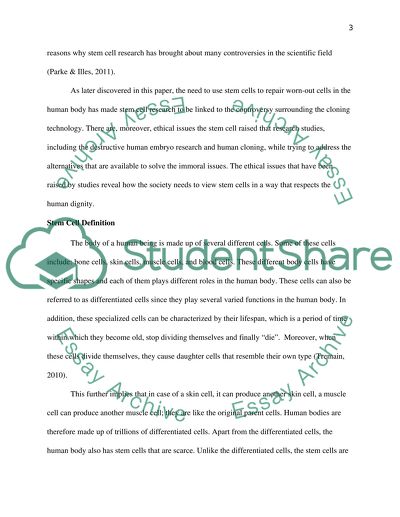Cite this document
(“Understanding Stem Cells Research Paper Example | Topics and Well Written Essays - 1500 words”, n.d.)
Retrieved from https://studentshare.org/biology/1396064-stem-cell-research
Retrieved from https://studentshare.org/biology/1396064-stem-cell-research
(Understanding Stem Cells Research Paper Example | Topics and Well Written Essays - 1500 Words)
https://studentshare.org/biology/1396064-stem-cell-research.
https://studentshare.org/biology/1396064-stem-cell-research.
“Understanding Stem Cells Research Paper Example | Topics and Well Written Essays - 1500 Words”, n.d. https://studentshare.org/biology/1396064-stem-cell-research.


